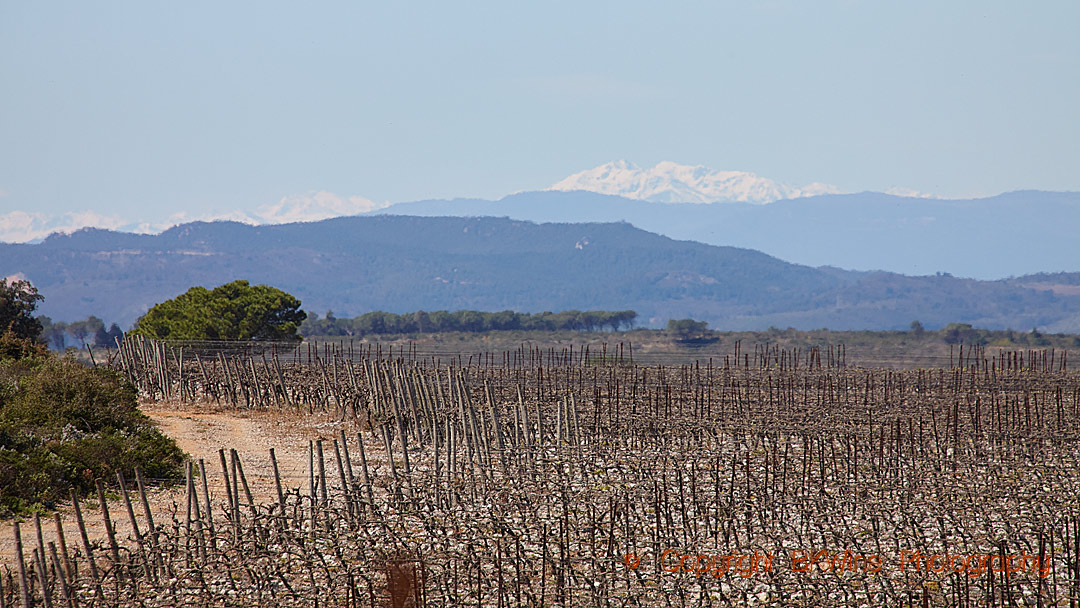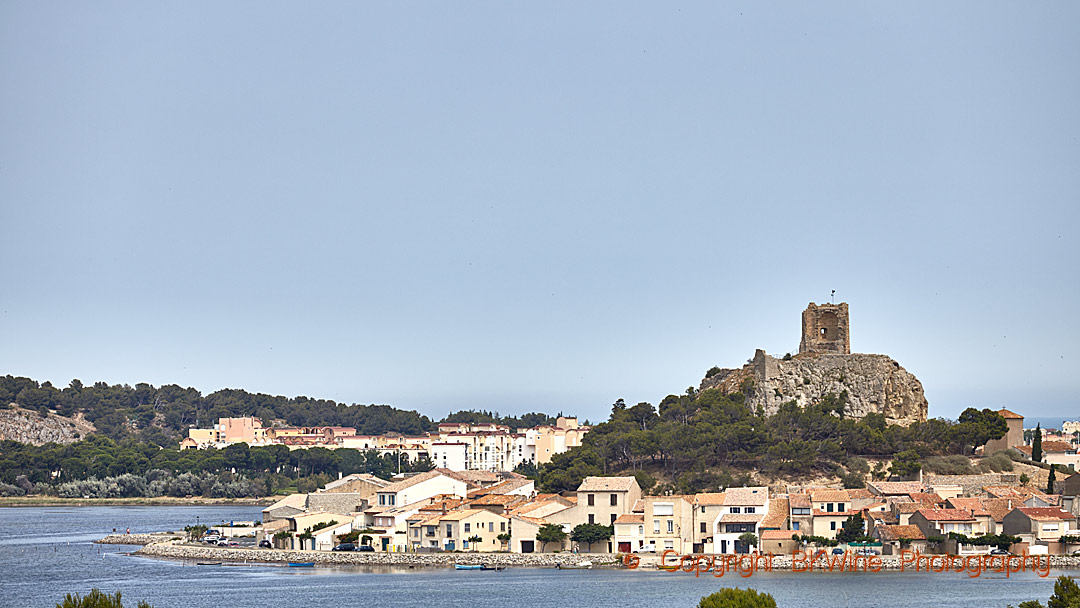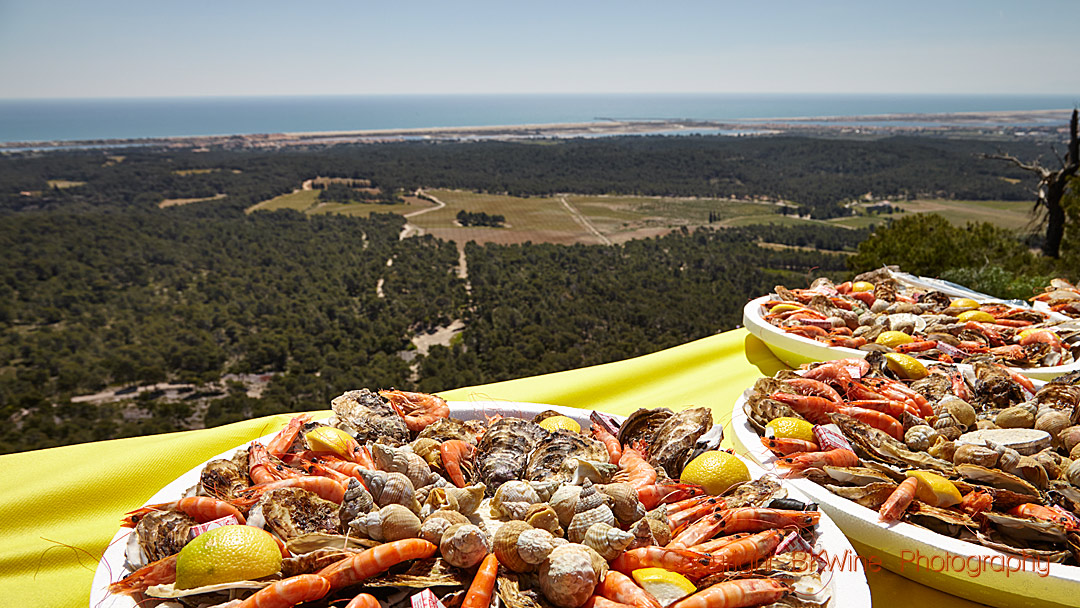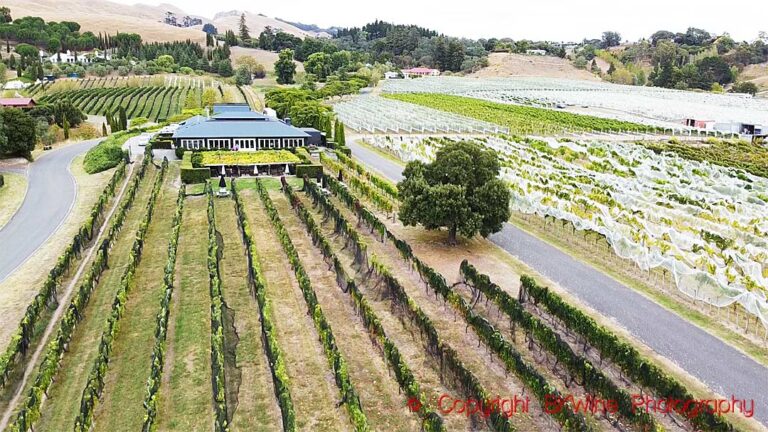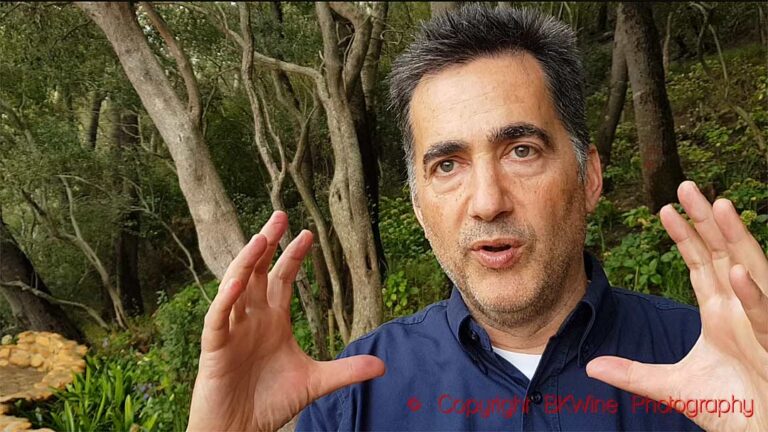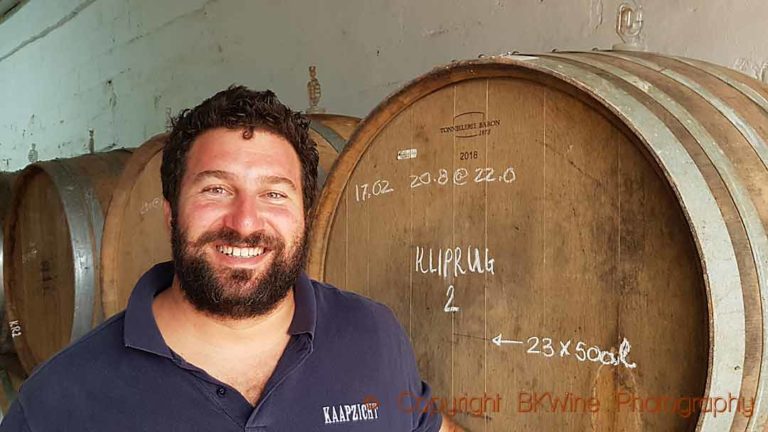There are many beautiful wine regions in the Languedoc. La Clape, near the town of Narbonne, is one of them. Château de Figuières is situated at an altitude of 150 meters on the limestone plateau of La Clape. The sea is five kilometres away, close enough to cool the vines at night. In 1980, when Château de Figuières changed hands, there were no vines so the new owner started planting. Now, 40 years later, the winery is going through a transformation from top to bottom.
The whole area around Château de Figuières is a protected nature reserve perfect to go for long nature walks. It is also one of France’s sunniest places. Here, wild orchids grow among olive trees, cypresses, honeysuckle and fragrant herbs, the Languedoc garrigue.
This article was originally published in a shorter version on Forbes.com.
Alain Bovis, an art gallery owner, came to this little paradise looking for a winery to “live his wine dream”. When he saw Château de Figuières, he knew he had found what he was looking for.
The vines had disappeared from Figuières during the phylloxera crisis 100 years ago. Only in 1980 did the then owner start planting new vines again.
A new chapter began for the estate when Alain Bovis arrived in 2015 and hired the oenologist Sébastien Martin to “create a new Figuières”. I asked Sébastien how he tackles such an assignment.
“The first steps were about the winemaking”, he says, “which is still under development and improvement” He set about simplifying the winery facilities and, he says maybe only half-seriously, “getting rid of many of the gadgets”.
He takes one step at a time. Every year he introduces a new idea. In 2015, he started with cold pre-fermentation maceration (macération pré-fermentaire à froid, MPF) for the red wines, i.e., skin contact at a low temperature before the fermentation begins, also called cold-soak. This is considered by many to give an enhanced fruit character to the wine.
In 2016, he introduced long soaking (skin contact) after the fermentation. Since 2017, this prolonged soaking is made at a warmer temperature, which, says Sébastien, gives a smooth extraction. Since 2019, he does not add sulphites until the ageing period starts for the reds. He has also started doing bâtonnage (stirring of the yeast lees) for the whites.
The vineyards are also getting a makeover. Sébastien is renewing blocks he considers too old and is planning to do co-planting (complantation), i.e., planting several different grape varieties together in a vineyard.
He monitors the ripeness of the grapes by tasting. “This”, he says, “allows me to separate the different styles and harvest only the right blocks.” He stresses the importance of careful canopy management to improve airflow and reduce the risk of diseases.
Less spraying to produce wine sustainably is an integral part of the work. Since this fall he has a green cover in the vineyard that will provide natural fertilizer to the soil. Animals are important. “We get honey every year from our own beehives” They have installed bat houses. Bats love going after the nasty insects. Sometimes they release sheep into the vineyard. “The work in the vineyard is long-term,” says Sébastien, “and is about having healthier vines in the long run.”
Château de Figuières makes white and red wines in two different styles, Tempus and Impetus, as well as a red prestige cuvée called Excelsus. Tempus is a more easy-drinking style, Impetus is more complex. The grapes for both styles are selected each year from different parts of the vineyard depending on various criteria such as exposure, yield, hydric stress or not, enough canopy etc.
The white wines
La Clape has excellent conditions for making white wines. Around 20% of the wines from the appellation are white, which is a lot for Languedoc which is mostly a red wine region. Château de Figuières uses roussanne, 60% for Tempus and 70% for Impetus, and add some viognier to that, grapes that give full-bodied wines, often with floral aromas.
An appellation wine, AOP La Clape, must have a certain amount of the rare white grape bourboulenc, so the Figuières wines are not in the appellation but instead IGP (indication géographique protégée) Pays d’Oc.
Tempus ferments in a stainless-steel tank and is kept there for a short time before bottling. Impetus is aged in small oak barrels with bâtonnage. Tempus also gets some bâtonnage in the steel tank, but less often.
Château de Figuières Tempus 2016 has a delicious nose of white flowers, and there are also almonds and melons. The taste is balanced with a fairly full mouthfeel.
Château de Figuières Tempus 2017 is more expressive with stone fruits but also white flowers from viognier and body from roussanne.
Château de Figuières Impetus Blanc 2015 has citrus and apricot on the nose, a full mouthfeel and a nice acidity.
Château de Figuières Impetus Blanc 2016 is full-bodied, nuanced, with hints of grey pears. Quite a pleasant personality.
Château de Figuières Impetus Blanc 2017 has ripe fruit on the nose but is very citrus fresh on the palate. Good body and well balanced.
The red wines
Most red wines from La Clape are dominated by syrah and grenache. This is true also for the reds from Château de Figuières. Tempus ferments and ages in 100-200 hectolitres steel tanks. The slightly more expensive Impetus ferments in 50-hectoliter steel tanks and is ages in small oak barrels.
For reds, the appellation AOP La Clape stipulates that the main grape varieties should be grenache, mourvèdre, and syrah and that at least two varieties must be blended, so the red wines from Faugères are in the appellation.
Château de Figuières Tempus 2016, AOP La Clape, has lovely, fresh fruit, dark fruit mostly, but there are also hints of tobacco. Soft tannins give a certain structure.
Château de Figuières Tempus 2017, AOP La Clape, is quite intriguing. I had at first a notion of volatile acidity, but as it evolved in the glass, there was freshness, a good level of acidity and a juicy fruit that made the wine easy-drinking despite being complex.
Château de Figuières, Impetus 2016, AOP La Clape, has a distinct character of syrah in classic style with black pepper, fresh herbs, structure and a balanced taste.
Prices from the property: red and white Tempus 7.50 euros, red and white Impetus 14 euros, which certainly makes them good value from the La Clape appellation, and for the prestigious wine Excelsus 40 euros.
This article was originally published in a shorter version on Forbes.com.





